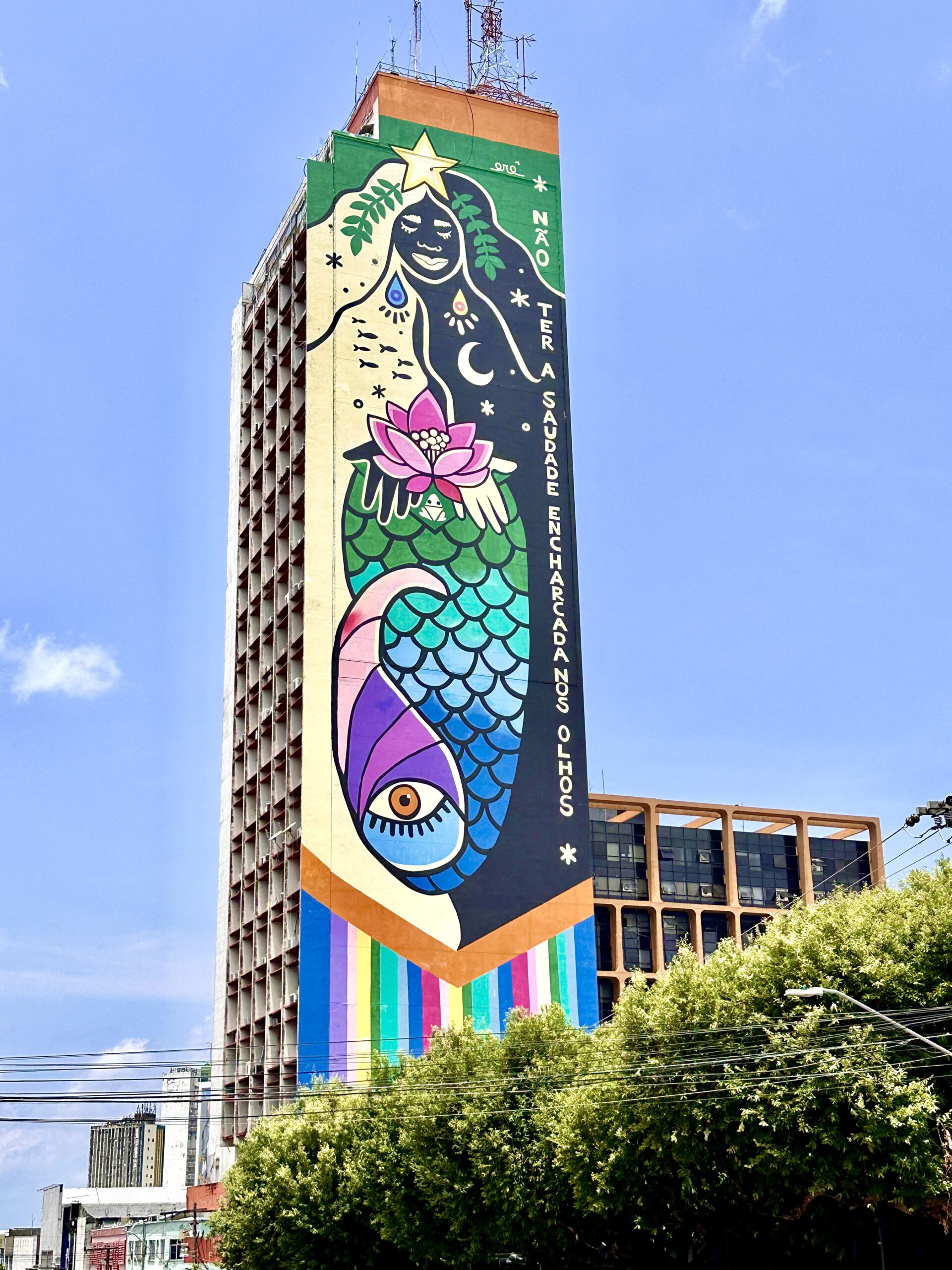Saphenion®: Allergie auf Venenkleber? In einigen wenigen Fachkommentaren, Vorträgen und Artikeln von venenchirurgisch tätigen Kollegen wird immer wieder vor der Entstehung einer Allergie auf den beim Venenkleber verwendeten Cyanoacrylates gewarnt.
In unserer über 13 jährigen Arbeit mit VenaSeal sahen wir in 7/25 eine erste Allergie, nachdem der Patient bereits 2021 erstmals mit VenaSeal therapiert worden war.
In a few specialist comments, presentations, and articles by phlebological active colleagues is repeatedly warned against the emergence of an allergy to the cyanoacrylate used in the vein glue.In our over 13 years of working with VenaSeal, We saw our first allergy in 7/25 after the patient had already been treated with VenaSeal for the first time in 2021.





